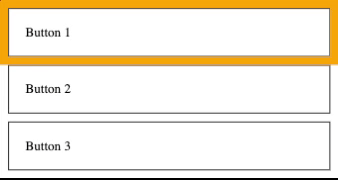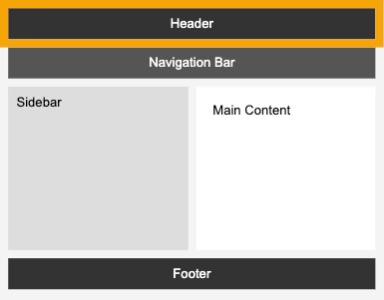Box Model in CSS
Handling Margins
Welcome to the section dedicated exclusively to handling margins, or Margins, in CSS. Margins are essential for controlling the space between elements and between elements and the edges of their container. Learning to properly adjust margins is crucial for any effective web design.
What are Margins?
Margins represent the outer space of an element. Unlike padding, the margin is not part of the visible element; instead, it acts as extra space around the outer edge. Margins can affect the overall layout of elements on a page, helping to create or avoid unwanted spaces.
Examples of Margin Usage
Here are some common examples of how margins can be used in CSS:
These examples show how to specify the margin for all sides of an element or just specific sides, including how to set different margins for each side in a single declaration.
Collapsing Margins
An important feature of margin handling is collapsing margins, which occurs when two vertical margins meet and merge into one. This behavior can be surprising for new designers and is crucial to understand to avoid design issues.
 ezgif-1-edda9cb9d0.gif
ezgif-1-edda9cb9d0.gif
Strategies for Effective Margin Handling
- Consistency: Maintain a consistent margin system throughout the site to ensure a coherent design.
- Development Tools: Use browser development tools to visualize and adjust margins in real time.
- Responsive Design: Adjust margins in media queries for different screen sizes to ensure good display on all devices.
Visualizing the Effect of Margins
To better understand how margins affect the layout of elements, here is a diagram:
 ezgif-5-224c8b6f04.gif
ezgif-5-224c8b6f04.gif
This diagram will illustrate the interaction between margins and other elements, showing various common scenarios.
With this information, you now have a better understanding of how to manipulate margins to create cleaner and effectively spaced designs. In the next section, we will explore another crucial component of the Box Model: Borders.
Support Chuck’s Academy!
Enjoying this course? I put a lot of effort into making programming education free and accessible. If you found this helpful, consider buying me a coffee to support future lessons. Every contribution helps keep this academy running! ☕🚀

Chat with Chuck














